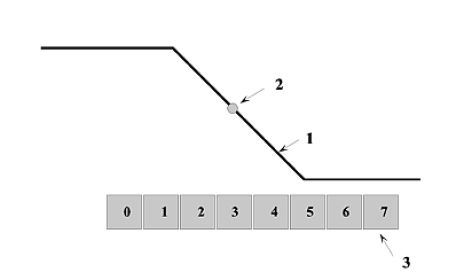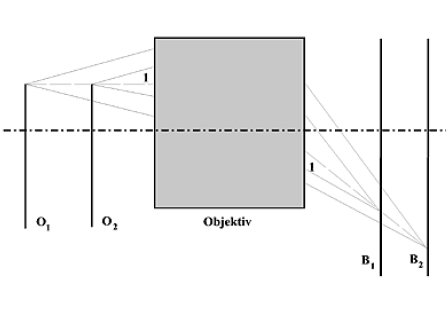Picture 2: Bilaterally telecentric lens
O1, O2 - Positions of the test sample,
1 - Principal ray
B1 - Sensor position,
B2 - Image plane for the test sample's position O2
The point of departure is the positions of two test specimens O1 and O2. From position O1, the test specimen is sharply depicted on sensor plane B1. If the test specimen is in O2, it is sharply depicted according to B2. In B1, the test specimen presents a fuzzy image, which from the point of view of form, however, exhibits the same size as the representation from O1. This consistency of size derives from the fact that the principal ray is projected telecentrically on the object side, i.e., parallel to the optical axis. The reason that there is a fuzzy image in B1, however, is because it is asymmetrical. It can be seen very clearly in Picture 2 that the beam of light, which in B1 produces the image of O2, is Telecentric measurement technology , Jos. Schneider Optische Werke asymmetrical. The upper part of the beam illuminates a larger area of B1 than the lower part. In actual situations, the effects of this phenomenon can be observed in connection with defocusing of some tenths of a millimeter.
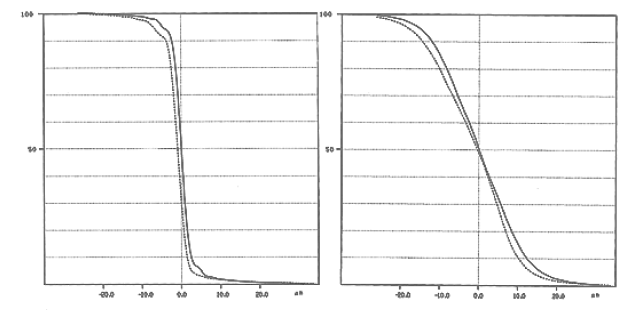
Picture 3: Edge images of a lens without image-side telecentrics
exactly focused and defocused by -0.3 mm radial - tangential
Picture 3 shows the edge image function for a lens which, when correctly focused, shows no asymmetry of any kind (Graph 1). If it is defocused by -0.3 mm, the tangential edge image becomes asymmetrical. The same result can also be observed with a defocusing of +0.3 mm. In addition to that, a drift of the edge position in tangential direction can be noted. If both results are included in this example, then the possibility of a measure of uncertainty of up to +/- 4 m in the detection of the tangential edge must be reckoned with. If one considers that a detection accuracy of +/- 1m is quite possible and, given optimal illumination, can even be exceeded, then this degree of uncertainty constitutes a significant reduction of the accuracy of measurement. Similar inaccuracies occur even if the sensor is not level or does not stand vertical to the optical axis.
3. Advantages of bilateral telecentrics
The effects of changing the symmetry of the edge image in connection with defocusing, as described above, bring about a noticeable loss of measurement accuracy. These can be avoided if the measurement lens used is designed for telecentrical use, not only on the object side, but also on the image side. Picture 4 shows the basic principles of imaging with such a lens.
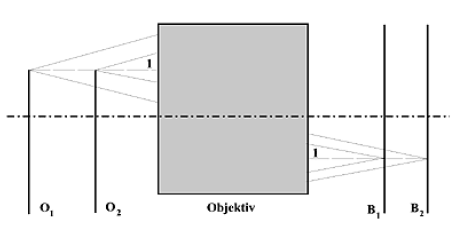
Picture 4: Bilaterally telecentric lens
O1O2 - Positions of the test sample, 1 - Principal ray
B1 - Sensor position,
B2 - Image plane for position of the test sample O2
In this instance, the imaging situation corresponds to that of Diagram 2, i.e., O1 is sharply depicted in sensor plane B1, but from O2 a fuzzy image occurs in B1. The significant difference in Picture 2 Telecentric measurement technology , Jos. Schneider Optische Werke consists in its image-side telecentrics, the direction of principal ray 1 in the image area being parallel to the axis. Because of this telecentricity in the image area, the image is washed out symmetrically from O2 in B1, because the split field of B1 with the light beam represented is circular. As a result, the edge image remains symmetrical, despite defocusing, and the edge can be detected exactly. In the last analysis, when bilateral telecentric lenses are used, the degree of accuracy of detection theoretically possible can be attained if the conditions of illumination and the structure of the edges are optimal.
4. Bilaterally telecentric measurement lenses from Schneider-Kreuznach
Because of the constantly increasing requirements for the accuracy of non-contact measurement systems, we have decided to market a series of bilaterally telecentric measurement lenses. The series comprises five lenses with the image scales of 1:1 to 1:5. In addition to the distinguishing feature of bilateral telecentrics, these lenses have the following additional features:
- The lens speed was significantly increased in comparison to those lenses which are currently available on the market. The numerical aperture is 0.14 or 0.13.
- The lenses are focusable on the image side in a range of 3 mm. For this reason, the working distance can be variously adjusted on the object side. The limits for this are, to be sure, dependent on the image scale. The metering ranges for the five lenses with the image scales 1:1, 1:2, 1:3, 1:4, and 1:5 are 6 mm, 24 mm, 54 mm, 96 mm, and 150 mm. The image scale remains constant when refocusing.
- The lenses manifest very little distortion. With suitable calibration, distortion can easily be eliminated.
5. Summary
When image-side telecentrics are absent in measurement lenses, asymmetric or drifting edge images arise when defocusing. This leads to inexact detection of edges, with the result that the degree of accuracy which is theoretically possible is clearly not attained. Bilaterally telecentric lenses do not exhibit these flaws, and thus make it possible to come close to the theoretically possible degree of accuracy.
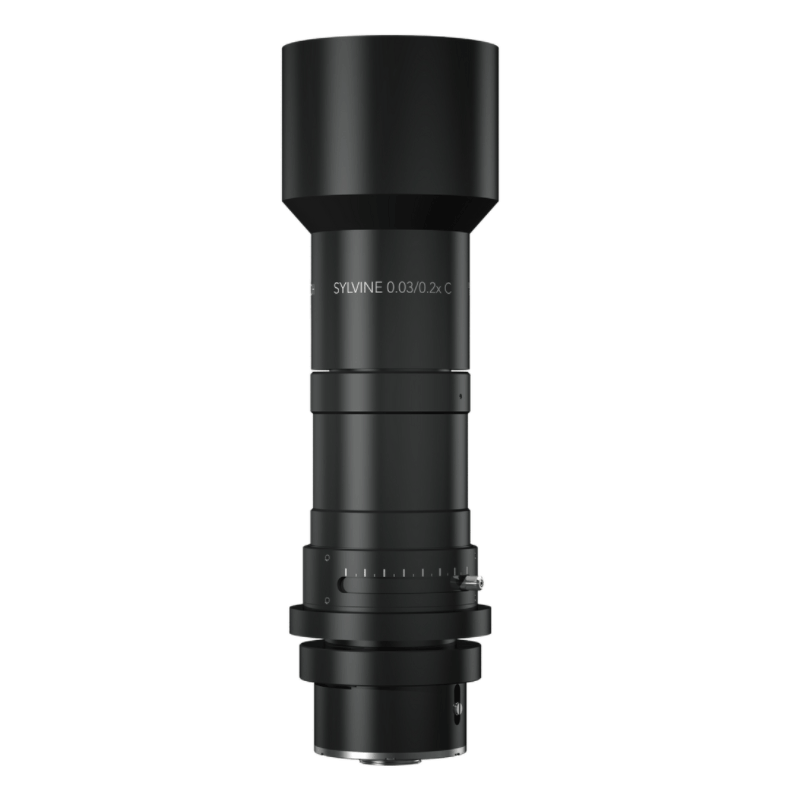
SYLVINE telcentric lens


 (1)
(1) (2)
(2)